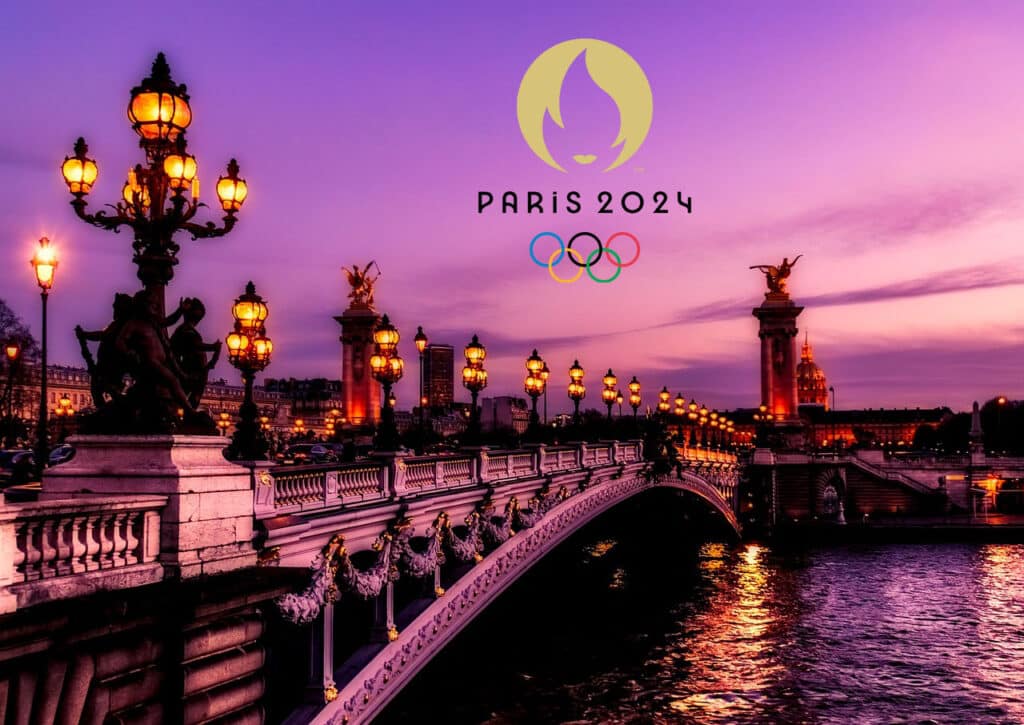If you are keen on the latest developments in sports broadcasting, the 2024 Paris Olympics are set to redefine the global sports viewing experience. With the help of Olympic Broadcasting Services (OBS), these technologies will enhance how we watch the games and set new standards for the industry.
Tech Innovations in the 2024 Paris Olympics
The Advent of 8K Streaming
The introduction of end-to-end 8K live streaming is perhaps the most headline-grabbing development for the Paris Olympics. Powered by Intel’s latest artificial intelligence capabilities and their robust Xeon processors, this technology promises greater visual clarity and depth. With 8K resolution, viewers will enjoy images four times sharper than 4K.
This advancement in quality ensures that every sweat droplet in a sprinter’s brow and every expression of determination in a gymnast’s face is vividly captured, making the viewer’s experience incredibly immersive.
Enhancing Audio with Immersive Sound
Complementing the ultra-high-definition video, the Paris Olympics’ sound quality will also be a major upgrade. Adopting 5.1.4 immersive audio technology will envelop viewers in a realistic sound landscape.
This setup involves traditional surround sound with the addition of four overhead speakers, creating a three-dimensional soundscape that mimics the acoustics of being in the actual venue. Whether it’s the roar of the crowd, the splash of a swimmer, or the thud of a basketball, the audio experience will be as lifelike as the visuals.
Virtual Reality and Augmented Reality Integration
Beyond traditional broadcasting methods, OBS is pushing the envelope with the integration of virtual reality (VR) and augmented reality (AR) technologies. These tools are designed to enrich the viewer’s experience by overlaying live data and virtual elements onto the broadcast feed.
For instance, Basketball as an Olympic sport in 2024 will be enhanced with AR, providing real-time stats, player heat maps, and other analytical data that offer insights into the game’s dynamics without ever needing to look away from the action. This feature will particularly appeal to tech-savvy and data-hungry audiences who seek a deeper understanding of the sport.
Data-Driven Enhancements
The use of data visualization tools will be another significant addition to this Olympics’ broadcasting strategy. OBS plans to use sophisticated analytics to bring detailed statistics into the live broadcast, enabling viewers to grasp complex game strategies and performance metrics at a glance. This approach will not only cater to hardcore fans who revel in the intricacies of sports analytics but also help casual viewers understand the finer points of less familiar sports.
Sustainability and Accessibility
In addition to enhancing the viewer experience, OBS is committed to ensuring that these technological advances are sustainable. Efforts are being made to minimize the carbon footprint associated with broadcasting such a large-scale event. Furthermore, accessibility features such as closed captions and audio descriptions will be more seamlessly integrated into the live streams, ensuring that everyone, regardless of ability, can enjoy the games.
Conclusion
As we approach the 2024 Paris Olympics, it’s clear that the event will be much more than a display of athletic prowess; it will be a showcase of how far broadcasting technology has come. From 8K video and immersive audio to virtual overlays and detailed analytics, the Paris Olympics are set to offer a viewing experience that is as informative as it is thrilling.
These innovations are not just transforming how we watch the Olympics—they are setting new benchmarks for how major sporting events are broadcast around the world.









